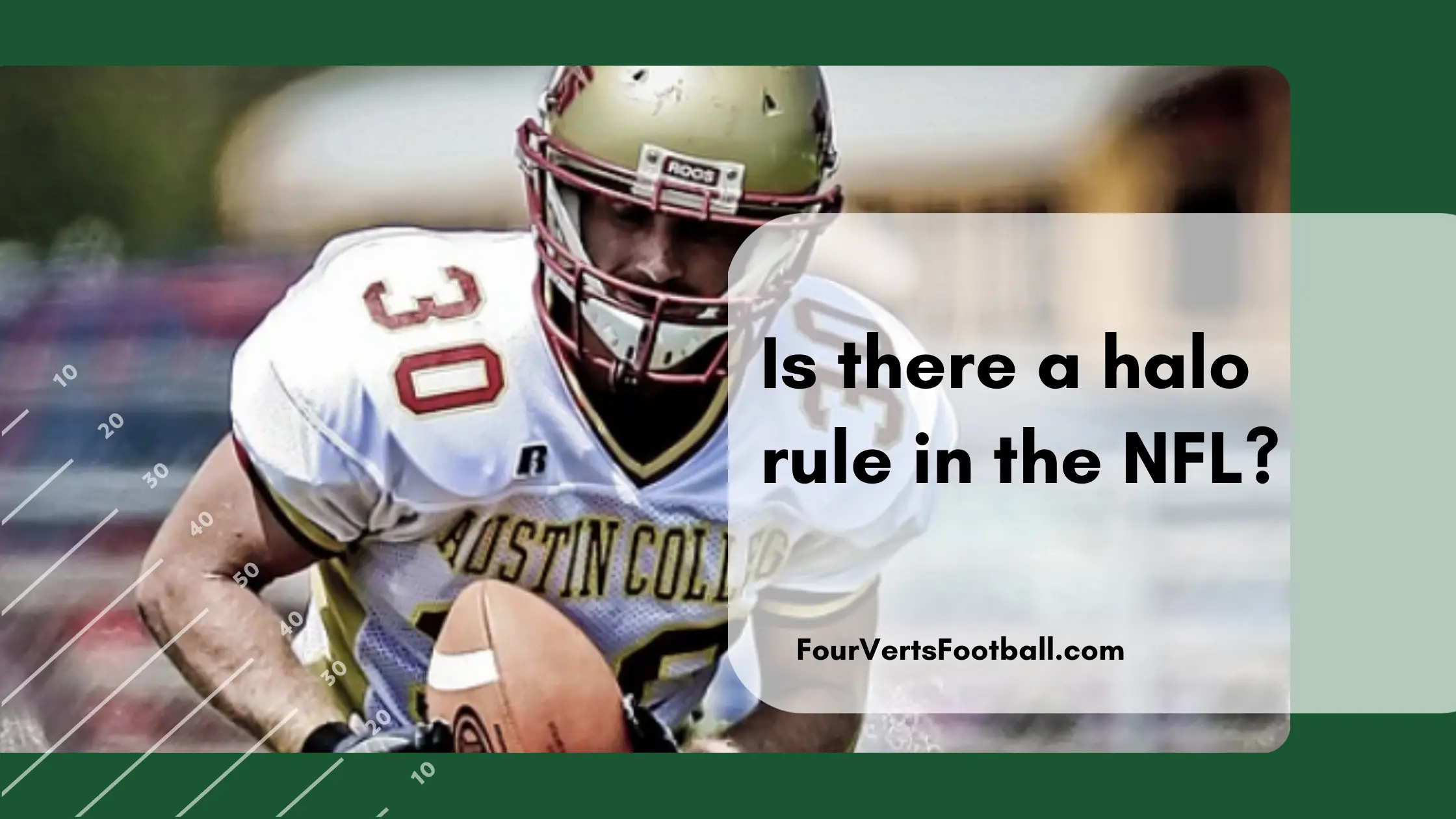On NFL punt returns you may notice the coverage team on the punt often gives the punt returner little to no room to catch the ball. This has many fans wondering if the NFL has a halo rule.
The halo rule was an NCAA rule that protected punt returners who were looking to catch the punt. The halo rule stated that players need to give the punt returner a two-yard cushion before he catches the ball.
This rule was removed in 2003 meaning there is no halo rule in NCAA football or the NFL.
What Replaced It?
So we know the halo rule is no longer around this means there must be a new rule to protect punt returners. Otherwise, gunners would blow up the punt returner before he even caught the ball.
The new rule put in place to prevent this from happening simply states that the punt returner must be given an unimpeded opportunity to catch the punt.
This essentially means you are able to get as close to a punt returner as you want so long as you do not impede him from catching the ball.
This also means you will be able to hit the receiver much sooner after catching the ball. Since you no longer need to maintain the halo this will allow defenders to hit the punt returner nearly simultaneously while he catches the ball.
Why Was The Halo Rule Replaced
Believe it or not, the halo rule was removed in order to improve the safety of punt returners. The NFL and the NCAA noticed there were a large number of injuries occurring on special teams plays.
Upon finding this out the league looked into these injury generating plays for ways in which they could reduce injuries.
What they found out was that the halo rule resulted in a lack of fair catches called. Since players knew they had a guaranteed two yards of safety when they caught the ball they were much less likely to call fair catches.
This greatly increased injury risks as fair catches are put in place to avoid these sorts of plays.
By changing the ruling to allow players much closer the NFL actually encouraged punt returners to call fair catches.
This worked as the number of fair catches increased as the players felt more pressure to use them to protect themselves.
Negative Impacts
Though this change of the halo rule was successful in terms of increasing fair catches it did have some negative impacts. The largest being players being able to hunt defenseless punt returners with tons of momentum.
There are not many plays in football in which the defenders are in a full sprint the opposite direction of the ball carrier. This is why plays like kickoffs and punt returns result in so many injuries.
On a punt return when a return man is tracking down and catching a punt he has no way to protect himself. And without the protection of a halo rule, a would-be tackler can contact the punt returner the second he catches the ball.
This on some occasions results in fully legal hits in which a full speed gunner hits a defenseless punt returner the second he catches the punt. This can result in some huge collisions often times leaving the punt returner injured.

